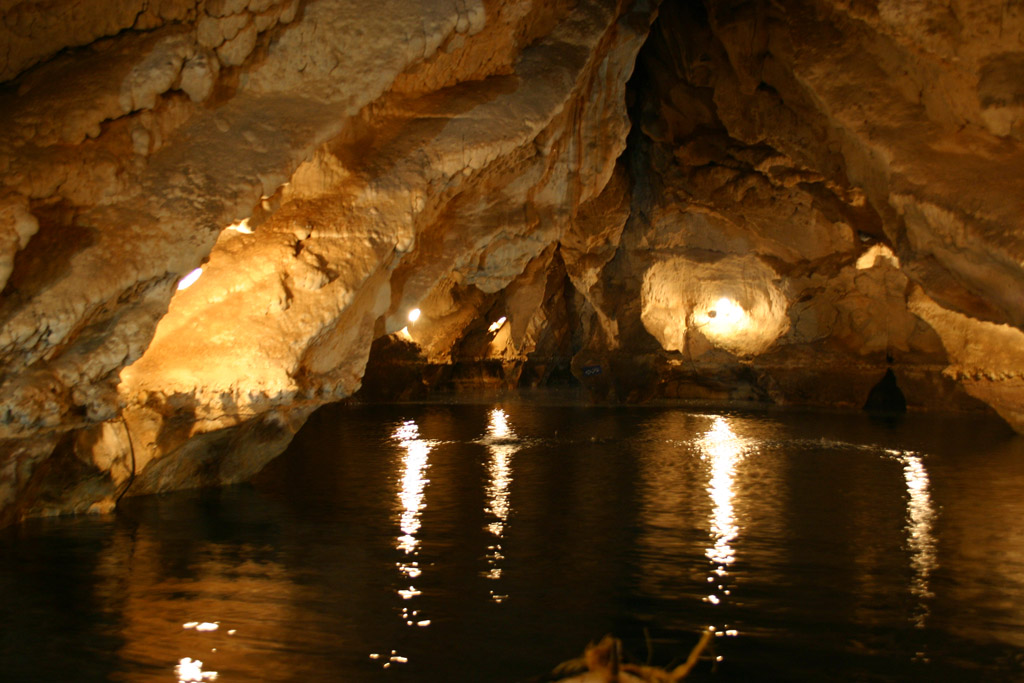Sahoulan Cave has been inscribed on the Natural Heritage List as the 89th heritage of Mahabad, West Azarbaijan Province.
“The file for this historical site, dating back to the first millennium BC, was sent to Iran’s Cultural Heritage, Handicrafts and Tourism Organization for review last year,” said the head of Mahabad Cultural Heritage, Handicrafts and Tourism Department, Arash Shahabi.
“There are 40 potential heritage sites in Mahabab whose files are waiting to be reviewed by the department.”
Located 43 kilometers northeast of Mahabad, Sahoulan is the second largest water cave in the country. Iran’s largest water cave is the Alisadr Cave in Hamedan Province, which by some accounts is the world’s largest water cave.
Sahoulan is among the most important and unique natural sites in Iran. Its exceptional stalactites at the foot of Kotar Mountains—near Sahoulan Village—form the rarest natural spectacles of West Azarbaijan Province.
The cave hosts about 1,000 tourists and travelers every day from all over the country. Over 250,000 domestic and international tourists visit the site annually. It shares characteristics with Alisadr Cave.
Sahoulan in Kurdish means frost. Most locals know the cave as Koneh Kotar, meaning pigeon’s nest, since many pigeons have made the cave their home.


